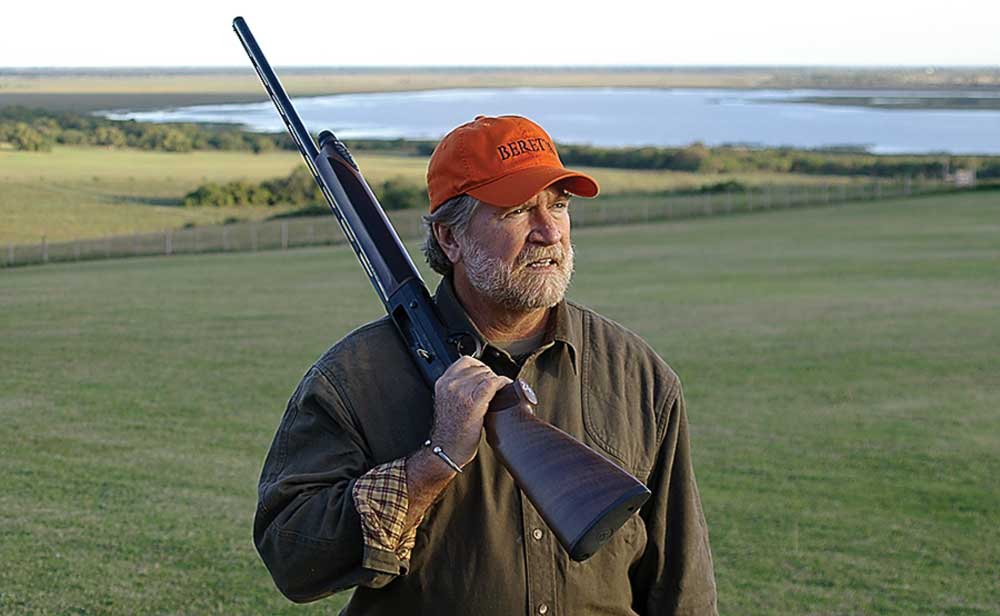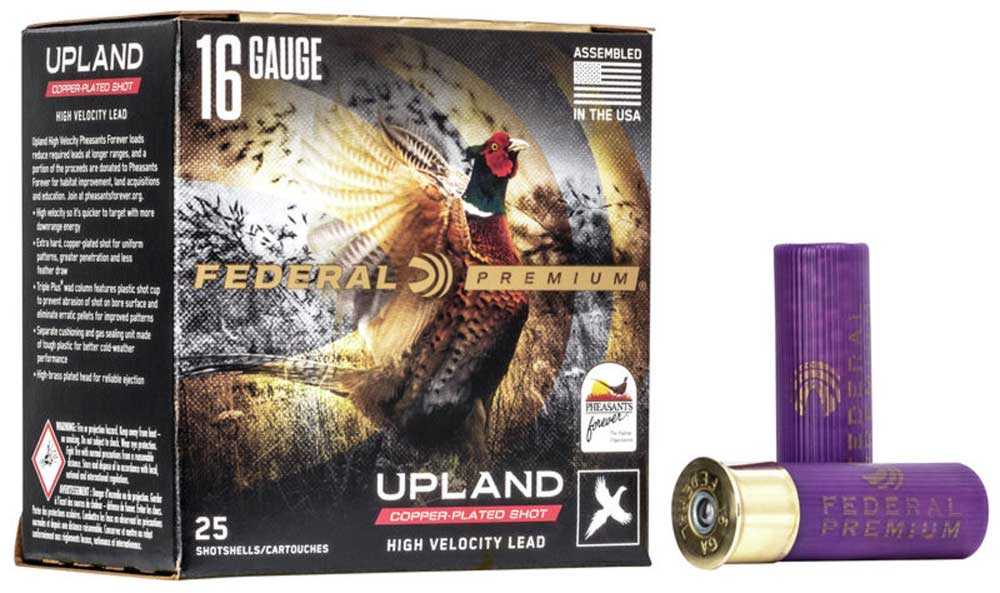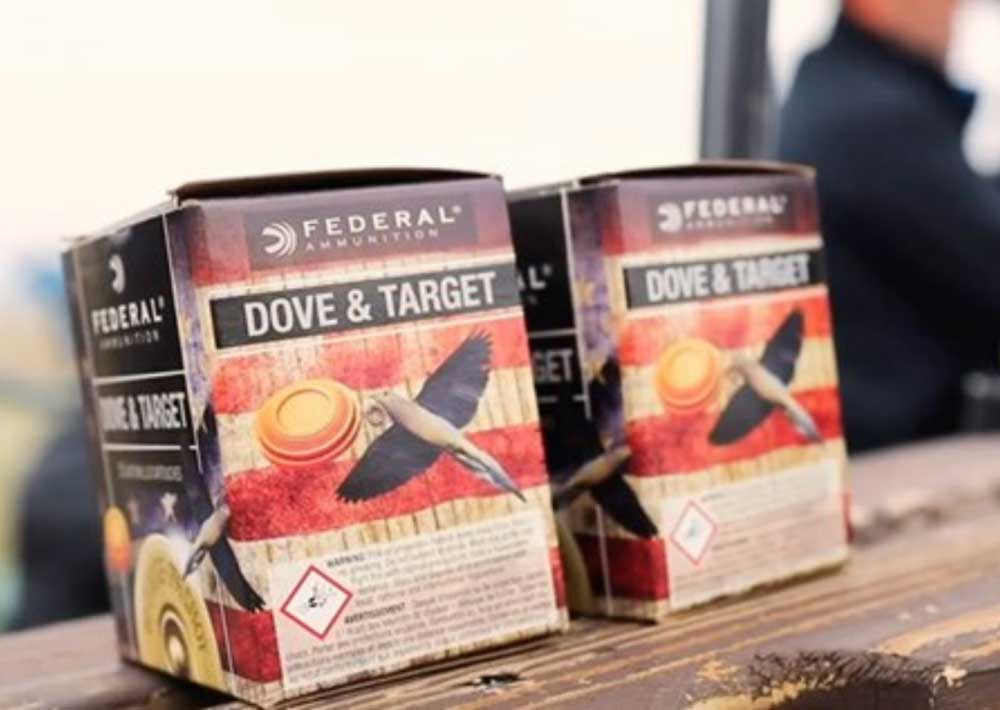
On the first day of a hot-barrel dove shoot, whether in Alabama or Argentina, the sight of doves twisting and zipping everywhere always seems to cause a frantic rush to shoot. Like starting a marathon race with a 100-yard-dash effort, if you’re not careful you’ll wear out before the finish. Because of the volume of shooting that doves can offer, it’s important to settle down, pick your shots and establish a rhythm that will prevent you from becoming fatigued—and to use one of the many excellent, currently available sub-gauge shotguns.
I recall one memorable south-of-the-border dove shoot where, after firing a quick couple boxes of shells, I paused to let the barrel cool. I also took the opportunity to inspect the gun I’d chosen for the hunt. It was Beretta’s AL391 Urika shotgun in 20 gauge—a sub-gauge gun made for this type of shooting that takes bruised shoulders, sore cheeks and throbbing headaches out of the equation.

Shotgunners are lucky to have such a wide selection of gauges and guns from which to choose. The smaller frames and lighter recoil of sub-gauge guns—those shotguns smaller than 12 gauge, such as the 20 and 28 gauges—make them ideal for teaching newcomers and those of smaller stature how to shoot safely and effectively. But these are also the guns that many seasoned shooters eventually return to for most of their shotgunning needs.
Both 20- and 28-gauge guns have roughly the same reach as a 12 gauge, only with smaller shot patterns owing to less shot in the shells. If you doubt the 28 gauge’s effectiveness, consider that it’s the only gauge, other than the big 12, allocated to its own race at pigeon shoots. Pigeons are as hardy as any game bird, and I’ve watched many crack shots drop just as many pigeons in the ring with their 28-gauge guns as they do with long-barreled, 12-gauge guns stoked with high-brass pigeon loads.
Even so, many new shooters who get past the learning stages feel compelled to step up to a 12 gauge—by far the most commonly used gauge for the majority of shotgun sports. But the punishment of the 12’s recoil needn’t be endured because the real advantage of a sub-gauge gun is the lack of significant or painful recoil. To be sure, the smaller patterns of 20 and 28 gauges makes shotgunning more challenging and, sometimes, humbling for the shooter. But those experiences often provide the motivating factors that make us determined to become better shots.
As I sat on a cooler on the edge of a cut grain field in Argentina admiring the gun I held, the sight of so many doves reminded me of my mission. Argentina imposes no season or limit on doves or pigeons, so I was pleased to have a 20 gauge on an afternoon that was sure to provide the kind of high-volume shooting that tests the mettle of shooters and guns alike.
16-Gauge Guns
During the 1970s, ’80s, and ’90s, the 20 gauge built up a momentum of popularity, moving it ahead of the 16 gauge by an ever-increasing margin. Prior to the 1970s, the 16 gauge was preferred for bobwhite quail in the South and almost on par with the 20 gauge nationally for most upland shooting. It was considered the optimum gauge available in fast-pointing, quick handling guns for grouse, woodcock and quail with a payload substantial enough to deal with pheasants when required.
The gap between 12 and 20 gauges closed, in effect squeezing the 16 out of position. Owing mostly to advancements in firearm technology, new metals and better manufacturing techniques, 12-gauge guns began approaching 20-gauge guns in weight. At the same time great strides in ammo-manufacturing techniques found ways to place more shot into smaller hulls, which benefited the 20 gauge tremendously, but did little for the 16 gauge.

Furthermore, the lack of a 16-gauge class in skeet shooting competition was a slap in the 16’s face, and no doubt contributed to its increasing absence at gun clubs. Simply put, the 16 fell victim to the small gap left between lightweight 12-gauge guns and high-performance 20 gauges. Considered “sweet” no more, ammo makers quietly stopped developing 16-ga. loads, and, by the mid-1990s, most gun companies had dropped 16s from their catalogue listings.
Last offered by Remington in 1980, the 16 gauge is once again available in an extensive line of Model 870 shotguns that gives first timers and experienced shooters the opportunity to enjoy a classic. Remington’s Model 870 has proven to be one of the best-selling shotguns ever made, and the reappearance of a 16 gauge in Remington’s 2002 catalog completed a full line-up of Model 870 pump-action shotguns—sure to be a milestone in the 16’s history.
“Because of its ballistically balanced performance and milder recoil, the 16 gauge was long a favorite of target and wingshooters,” Remington’s Linda Powell explained. “We felt it was time to bring this great performer back to America’s hunters and target shooters in the form of Remington’s popular Model 870 series of shotguns.”
Powell also pointed out Remington’s complete line of extra Model 870 Rem Choke barrels will fit older versions of the 16-gauge Model 870s. Four variations of the Model 870 in 16 gauge include the popular Model 870 Wingmaster, the economically priced Model 870 Express and synthetic- stocked versions of the Express and Youth models.
Dove Chokes And Ammo For Sub-Gauge Guns
Generally speaking, improved cylinder (IC) is considered to be the best all-around choke for doves. Opening day doves, not yet wary and wild, offer close shots, but consider it a grace period that doesn’t last long. In anticipation of longer shots at swift flying birds educated by the opener, you might switch to a modified (M) choke tube on later hunts.

Ammo choices can have a big impact on your bird tally. Consistent knock-down capability is provided by uniform and reliable shot patterns, the aim of most target loads. Knowledgeable dove hunters choose trap or skeet target loads stoked with No. 8 or No. 7½ shot over more economically priced field load offerings
The Bottom Line
Whether you’re a novice or an experienced shotgunner, sub-gauge shotguns are a delight to handle and fun to shoot. Shooting a sub-gauge gun with moderate recoil will increase your shotgunning pleasure, and you’ll find these versatile shotguns as equally at home in the woods, fields and marshes of North America as they are in the game fields of Europe, South America or Africa.
This feature article, “Sub-Gauge Shotguns," appeared originally in the September 2005 issue of American Rifleman. To subscribe to the magazine, visit the NRA membership page and select American Rifleman as your member magazine.

































